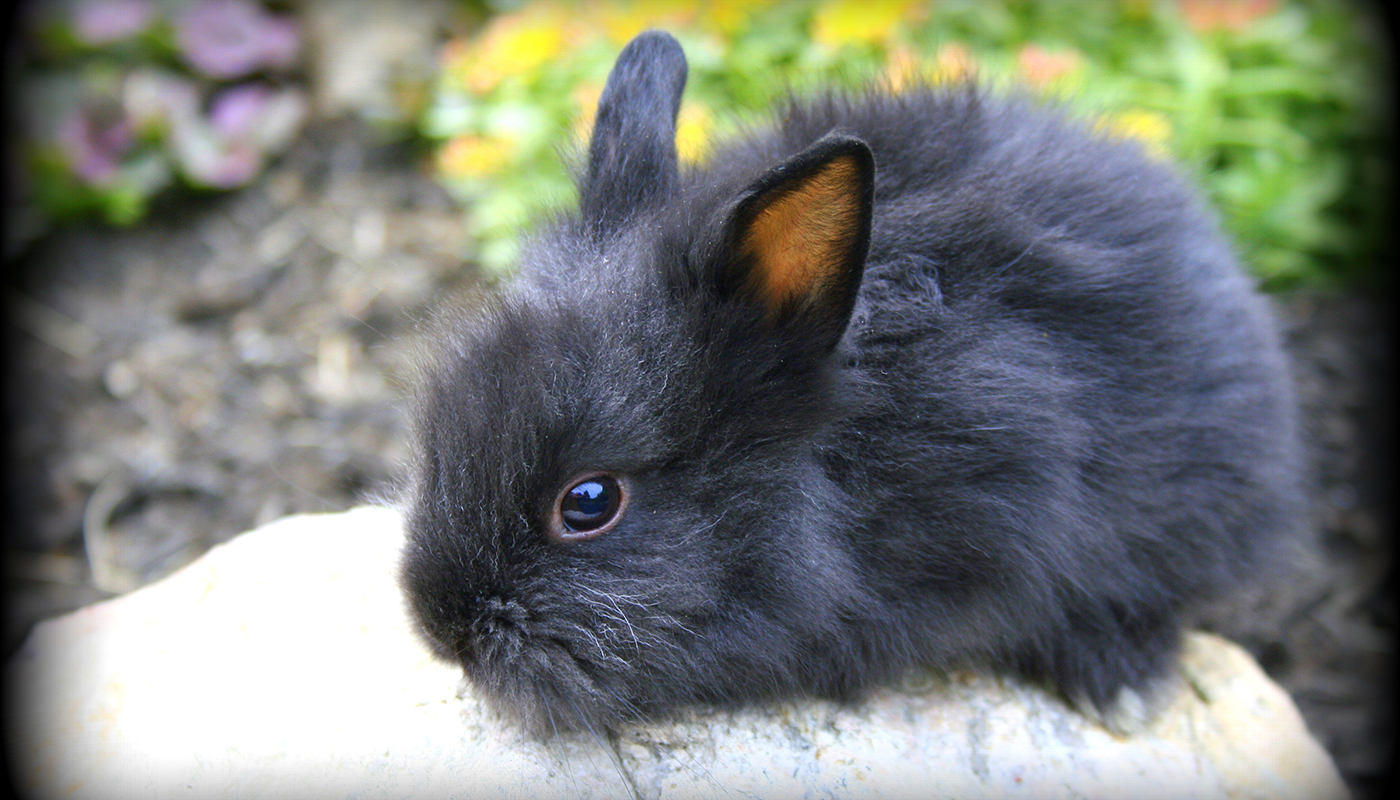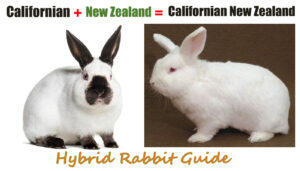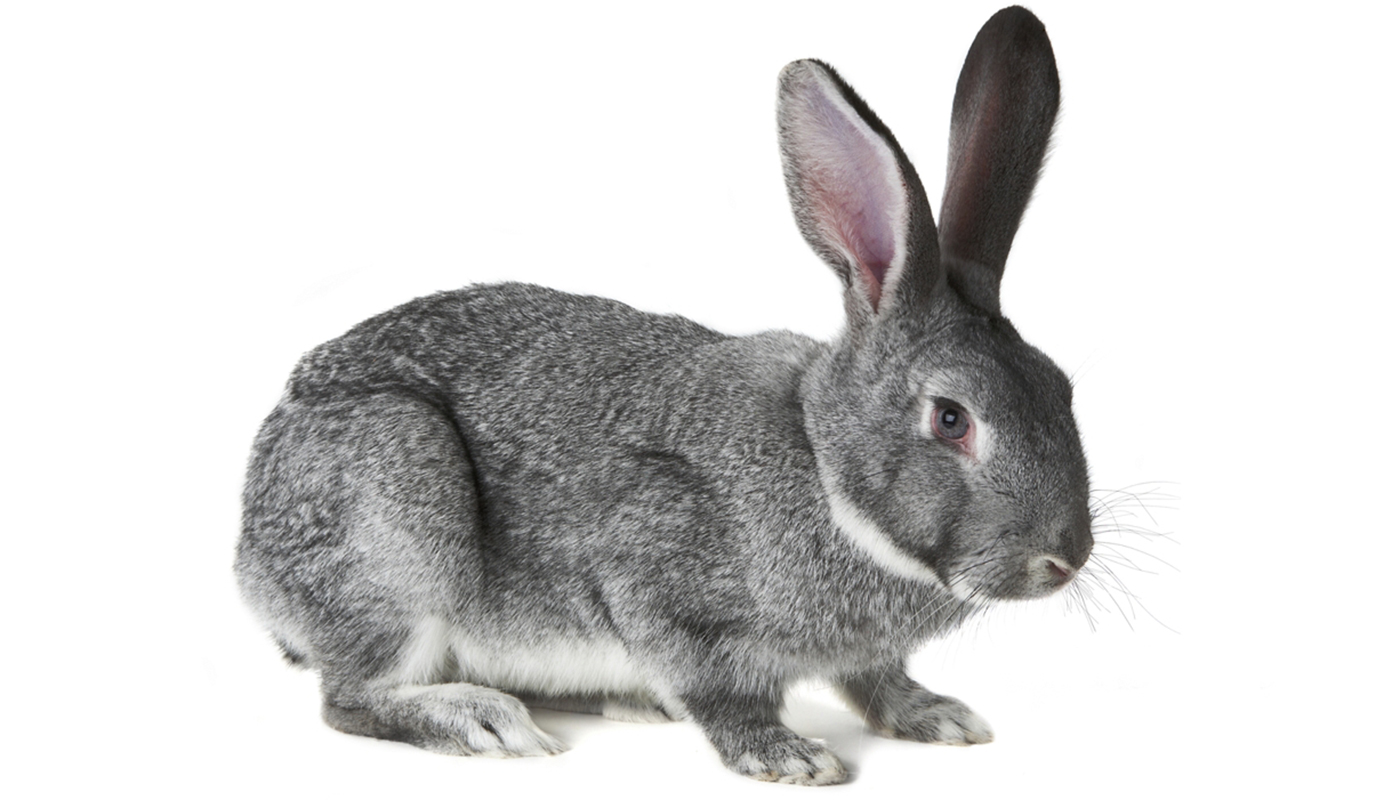
The Lilac rabbit breed is a lovely breed that has but one official color and that is a grey-lilac.
They are a docile, gentle breed that makes excellent family pets.
They are known by a few different names such as the Essex Lavender or the Cambridge Blue.
They are a medium sized rabbit and are quite hardy thus they are a good choice for families that have children.
BREED PROFILE OVERVIEW
|
|
|---|---|
| Breed Name: | Lilac |
| Other Names: | Gouda, Dutch Gouwenaar, Essex Lavender or Cambridge Blue |
| Country of Origin: | United Kingdom |
| Breed Purpose: | Meat, fur, exhibition and, pets |
| Breed Size: | Large |
| Breed Weight: |
Female/Doe: 6 to 8 lbs. Male/Buck: 6 to 8 lbs. |
| Breed Color(s): | Light purple-grey |
| Physical Appearance: |
They have a medium length compact body with a wedge-shaped face and medium sized erect ears.
They have long legs and the back legs are held parallel to their body. Lilacs have short soft fur with the females sometimes having a dewlap. Their short fur does not require any special grooming. |
| Temperament: | They are quite gentle, sweet, docile and friendly rabbits |
BREED CHARACTERISTICS
- They have a decent sized litter and the females make very good mothers. Most rabbits have good maternal instincts and some breeds can be a bit testy and protective when they have young. They can also be uncharacteristically moody during mating season.
- Their young open their eyes around 7 to 14 days with an average of 10 days after birth. When their eyes have opened, they can start to be introduced to food such as alfa pellets and water.
- Even when the young start to eat it does not mean they are quite ready to be weaned from their mothers. The mothers will know when it is time to wean her young. It is important for the baby rabbit’s health, growth, immune system and development of a proper digestive system that they do not be removed from their mother for at least 8 weeks. They usually require her milk for a minimum of 8 weeks after birth.
- Their average lifespan is 9 to 12 years although there have been some breeds that have lived to 12 plus years with the proper care.
| Good Pets? | They are good for either the indoors or outdoors pets. They are great pets for families with children, novices, singles, and seniors. |
| Child Friendly? | Children should be supervised around animals and properly taught how to look after them and handle them. Rabbits can bite and scratch |
| Ideal Climate: | All climates – rabbits should never be left outside without proper shelter and housing that must be raised off the ground and predator safe. |
| Conservation Status: | Listed by the *ALC Status/Rarity: Listed as Threatened/rare |
| Recognized by the ARBA? | Yes, they are accepted by the American Rabbit Breeders Association |
| Rabbit Associations/Clubs: | National Lilac Rabbit Club of America |
| Where to buy them? | In order to find a local registered breeder, it would be best to contact the National Lilac Rabbit Club of America for the information. The USA Rabbit Breeders Directory is a useful resource to find breeders, clubs, and information about the breed. |
| Note: *ALC stands for American Livestock Conservancy | |
GENERAL INFORMATION
For a slicker more glossy or shiny pelt, it is advisable to groom them every two to three weeks. During the molting season, it is advisable to groom rabbits every week to remove stray hairs.
Rabbits can be quite lively and energetic and need quite a bit of exercise and stimulation. It is a good idea to have a nice safe and secure run for them to play in and stretch their legs.
Toys, tubes and various obstacle courses for them is a good way to help them expend some of their energy and they are really fun to watch at play.
They are also sociable animals that do like to have a friend or two to play with.
Regular health and critter check once a week or every second week should become a habit. This will help to keep your rabbit(s) in excellent condition and health. Grooming does not require a lot if their coats are low maintenance. But it is a good idea to give them a nice gentle brushing to help remove any excess hairs regardless of the length of their coats.
It is also a good idea to check on the state of their teeth to ensure that they are not too long and causing the rabbit any discomfort.
Rabbits teeth never stop growing and getting fresh hay on a regular basis helps to control the growth of their teeth.
Rabbits need a good diet of quality pellets that are filled with their daily nutritional requirements. They do love dandelions, cabbage and various fruits as a nice tasty treat.
Rabbits that have quite a short coat are not really at risk for most of the digestive problems long fur seem to cause rabbits. They can still get other ailments such as flystrike, ear mites or overgrown teeth. These can all be controlled/maintained or avoided altogether with the proper health and grooming care of the rabbit(s).
If you have two rabbits and do not want to breed them it is possible to spay female rabbits and neuter male rabbits.
The females can be spayed as young as four months old, but vets prefer to wait until they are at least six months old before doing so.
The young males can be neutered as young as found months old.
Rabbits, just like any other pet, should be dewormed on a regular basis. Check with your local vet for proper guidance on the administering of worm medication to your animals.
HISTORY
The Lilac rabbit breed has a split history as it is thought to have been breed in two different countries around the same time.
In 1917 in the Netherlands, the breed’s development was accredited to a Mr. C. H. Spruty.
When they were first shown they were known as the Gouda and they were soon taken to Germany and France where they are still known as the Gouda rabbit. They are meat and fur rabbit breed in Germany and France.
The first Lilac rabbit was bred in England in 1922 by a geneticist, R.C. Punnet. He developed the Lilac by crossing the Havana Chocolate breed with the Blue Beverens. This cross produced the breed that was known as the Cambridge Blue. When the British Rabbit Club recognized the breed as a new breed they renamed them to Lilacs.
Video
USEFUL LINKS
- American Rabbit Breeders Association
- Fur Commission USA
- North American Meat Institute
- American Livestock Conservancy
- Animal Shelter (ASPCA)
- American Veterinary Medical Association
- American Animal Welfare Society
- American Animal Control
- American Society of Animal Science
- United States Department of Agriculture
- United States Department of Agriculture – Rabbit Meat
 Belgian Hare Rabbit – Everything You Need to Know
Belgian Hare Rabbit – Everything You Need to Know Florida White Rabbit – Everything You Need to Know
Florida White Rabbit – Everything You Need to Know American Fuzzy Lop Rabbit – Everything You Need to Know
American Fuzzy Lop Rabbit – Everything You Need to Know American Havana Hybrid Rabbit: A Perfect Blend of American and Havana Breed
American Havana Hybrid Rabbit: A Perfect Blend of American and Havana Breed Introducing the Cinnamon Jersey: The Adorable Hybrid Rabbit
Introducing the Cinnamon Jersey: The Adorable Hybrid Rabbit Silver Marten Rabbit – Everything You Need to Know
Silver Marten Rabbit – Everything You Need to Know Lionhead Rabbit – Everything You Need to Know
Lionhead Rabbit – Everything You Need to Know Rhinelander Rabbit – Everything You Need to Know
Rhinelander Rabbit – Everything You Need to Know Meet the Giant Polish Rabbit: A Marvel of Size and Polish Charm
Meet the Giant Polish Rabbit: A Marvel of Size and Polish Charm Californian x New Zealand: The Ultimate Hybrid Rabbit Guide
Californian x New Zealand: The Ultimate Hybrid Rabbit Guide Netherland Dwarf Rabbit – Everything You Need to Know
Netherland Dwarf Rabbit – Everything You Need to Know American Chinchilla Rabbit – Everything You Need to Know
American Chinchilla Rabbit – Everything You Need to Know